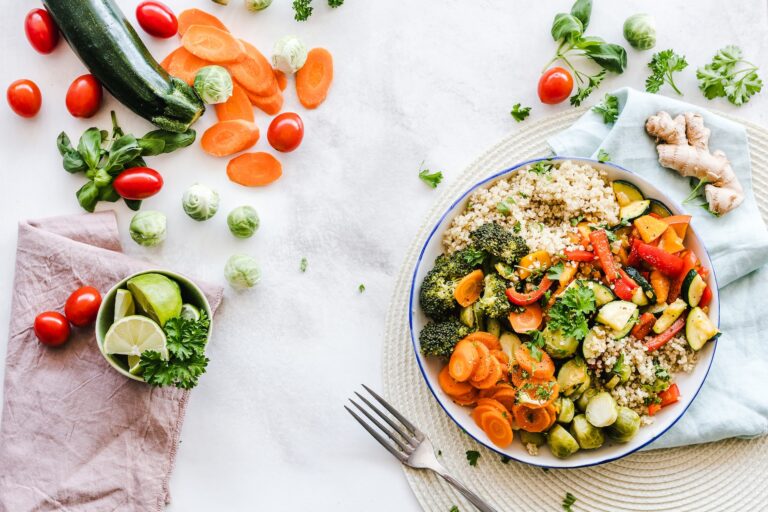The Secrets of Longevity Diets
Much like how joyspotting brings small bursts of happiness into our lives, longevity diets offer a passport to a healthier future. They’re not the latest diet fad but a treasure trove from cultures celebrated for their centenarians. These diets aren’t about restriction, but celebrating foods that have nourished generations.
The Mediterranean region, with its lush olive groves and sparkling blue waters, gives us a diet rich in healthy fats, fresh produce, and fish. Then there are the Blue Zones, regions scattered across the globe, each boasting their unique recipe for longevity. Okinawa offers sweet potatoes, while Loma Linda champions plant-based delights. As varied as they are, each region offers a culinary experience that keeps its inhabitants thriving.
Peel back the layers of these diets, and you’ll find common heroes: vibrant vegetables, whole grains, and natural ingredients, bursting with antioxidants. These foods don’t just fill our stomachs; they fortify our cells, combat oxidative stress, and can even put chronic ailments at bay. It’s like finding those hidden joys in our surroundings; these foods are tiny marvels waiting to be celebrated.
Of course, food is just one slice of the pie. The longest-living people don’t just eat well; they move, cherish community, and embrace positivity. It’s a holistic dance of diet, activity, and mental well-being. Just like the vibrant energy a pet brings into a home, longevity diets infuse life with a zest that extends well beyond our plates.
As you savor your next meal, think of it as an invitation to a life rich in both years and experiences. Whether you’re trying out Mediterranean recipes or simply adding more whole foods, remember: every bite is a step towards a future bursting with health and vitality.

